Description
It is commonly present in every Tuscan house and is served to please guests. Product of a wise and ancient winemaking for events, Vin Santo is strictly link to religion, as its name suggests. The grapes were let dried during the Holy Week, and most probably it was also used during the Eucharistic liturgy.
Selected grapes are harvested, and are either gently put on mats or hanged for the drying process, for at least 6 months. Then, they are crushed, and the sugary must is poured either in the so called caratelli (small wood barrels with maximum 100 liters of capacity), or used barriques.
Fermentation starts in almost full barrels with selected yeasts. The selection is always between alcohol resistant or residue yeasts. The first guarantee an optimal fermentation, with good aromas and flavor, however, the second are considered the DNA of Vin Santo, because every winemaker has its own.
In any way the fermentation starts, the aging is at least 3 years long, in order to give a good, but check, oxidation, which enrich the bouquet of the wine.
- Grapevine: Trebbiano and Malvasia.
- Winemaking: It is born from selected grapes that are let dried for 3 months in a specific ventilated room called fruttaio. Check fermentation between 18°C – 20°C.
- Average maceration time: around 20 days in small oak barrels, even though it is a white winemaking.
- Refinement: Aged in wood for at least 3 years in very small (100 liters) oak barrels called caratelli, set in the attic of an old barn. Refined in bottle for at least 5 months before entering in the market.
- Characteristics of wine: It is made in small quantity from a homemade method that has stayed the same during the centuries and is characterized by a focus selection of grapes and their drying, which precedes the winemaking; is during the ageing and the refining, inside special barriques, that the wine takes its organoleptic characteristics and is enriched. Smooth due to a lower presence of alcohol and glycerin, but still full-bodied and intense, and above all persistent. It can be preserved for many years. Its color is intense golden, with rich scents typical of Vin Santo, like hazelnuts, dried fruits, ripen apricot and peach, and that characteristic oxidized note.
- Serving Temperature: between 16°C – 18°C.
- Our suggestion for pairings: as it is, with the typical Tuscan sweet Cantucci or Venetian biscuits Mandorei.

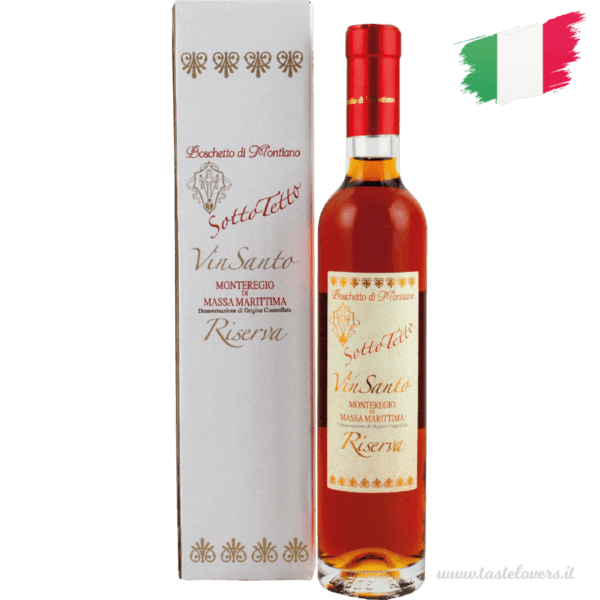
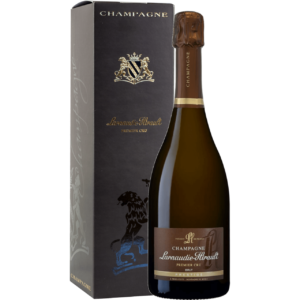 Taste Lovers
Taste Lovers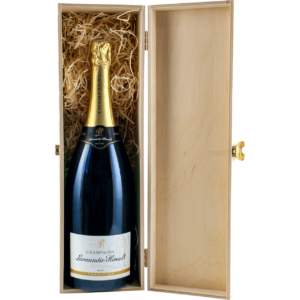 Taste Lovers
Taste Lovers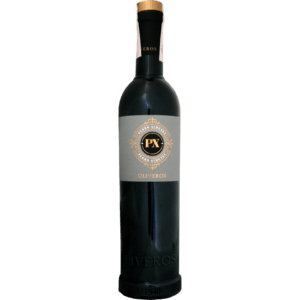 Taste Lovers
Taste Lovers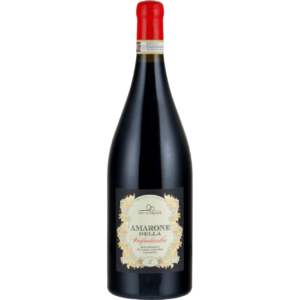 Taste Lovers
Taste Lovers Taste Lovers
Taste Lovers
Reviews
There are no reviews yet.